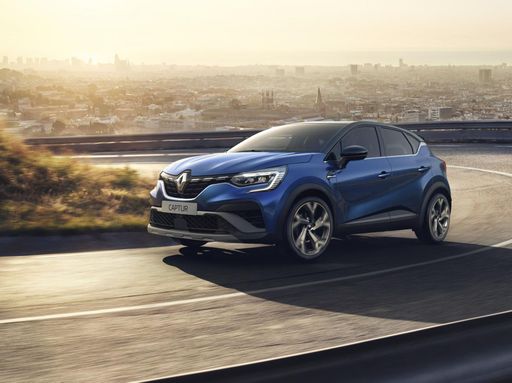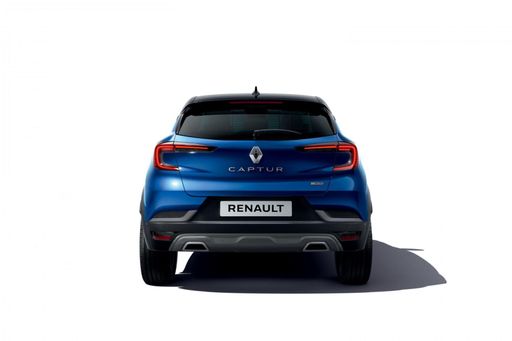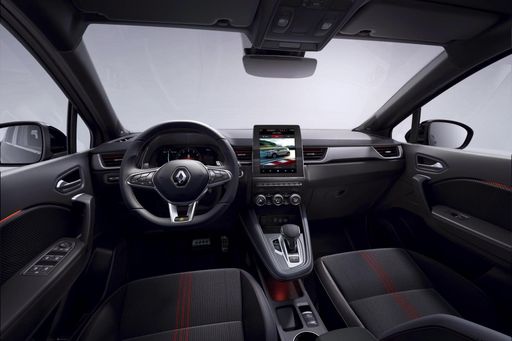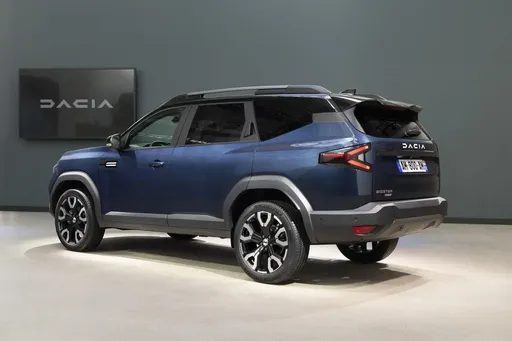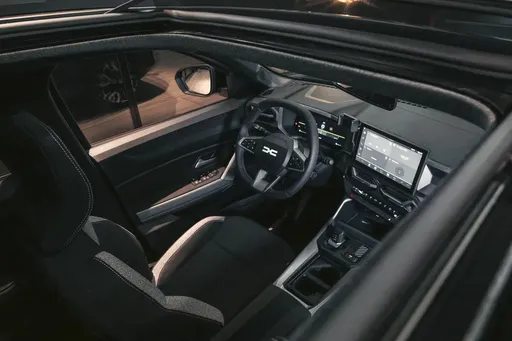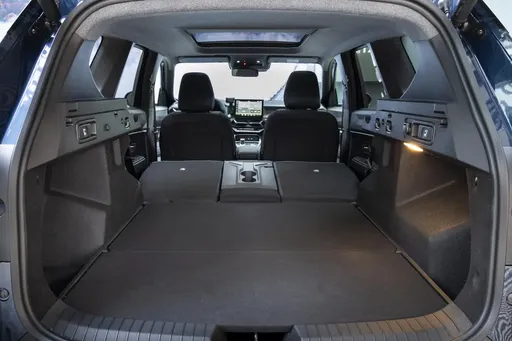Renault Captur vs. Dacia Bigster: A Battle of the Compact SUVs
The compact SUV segment continues to evolve, offering drivers a harmonious blend of versatility, performance, and innovation. As we delve into the new offerings from Renault and Dacia, namely the Renault Captur and the Dacia Bigster, it becomes clear that both models bring unique strengths to the table. This article explores how they stack up against each other in terms of technical specifications and innovative features.


